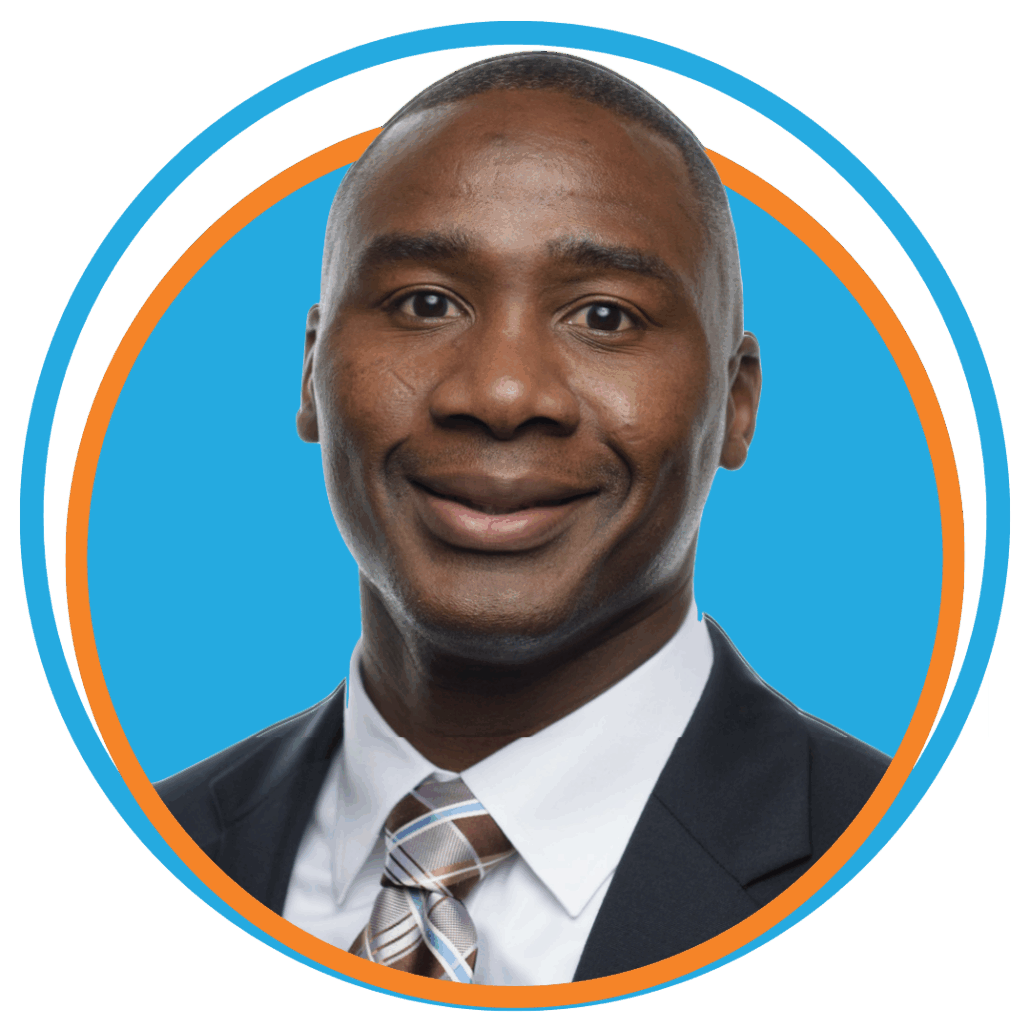[et_pb_section admin_label=”section”]
[et_pb_row admin_label=”row”]
[et_pb_column type=”4_4″][et_pb_text admin_label=”Text”] Every technology product we purchase comes with default settings. These settings are basic operational parameters that are preset by the manufacturer. The same presets exist in every device. So even though millions of us hold individual cell phones, we share the same default operating system. Our defaults are automatic and operate without our knowledge.
Every technology product we purchase comes with default settings. These settings are basic operational parameters that are preset by the manufacturer. The same presets exist in every device. So even though millions of us hold individual cell phones, we share the same default operating system. Our defaults are automatic and operate without our knowledge.
For example, based on presets, our cell phones roam to find the nearest cell phone tower. The manufacturer has embedded cues within the devices that enable our phones to work continuously. As we go about our lives, our devices use these pre-installed signals to maximize performance.
Most of us have never changed our devices from their default settings, and many of us never will. When is the last time you changed your computer, television, or cell phone’s default settings? We probably wouldn’t know how to access these settings if we were interested in changing them. However, if we were traveling abroad, we might need to change our cell phone settings to an operating mode that is more conducive to our new environment.
Students enter college with default settings as well. They have preset metacognitive learning goals. Much like our technology devices, these defaults operate rather automatically. Metacognition research affirms that students are unaware of these built-in settings, nor do they know how to adjust them or under which conditions they may need adjusting.
Students’ default metacognitive learning goals are rooted in their pre-college experience. These presets determine the parameters of their learning. They function as embedded cues on which students rely to guide, gauge, and confirm their learning. However, these goals don’t translate well to the college experience. Unfortunately, students’ default settings don’t come with roaming capabilities that automatically adjust to their new environment. They must manually customize their settings to fit each course.
If students do not adjust their metacognitive learning goals, their studying activities will be futile. Their outcomes will be as outdated and unusable as a rotary phone in today’s mobile world.
All students set learning goals each time they study. Setting appropriate metacognitive learning goals is the most critical step in students’ study sequence, yet research shows that it is the most overlooked step as well. Students’ entire learning structure is predicated upon these goals. If they set inappropriate goals, they will not reach sufficient learning outcomes.
The left column of the ThinkWell-LearnWell ™ Diagram (TWLW Diagram) offers various metacognitive learning goals for each respective level of thinking. These goals define the parameters of what students seek to accomplish during their study activity. I often compare them to the foundation of a house under construction. The foundation is the first step in the building process. Although this stage occurs several months before the house is complete – and countless other stages occur in-between – the foundation determines the perimeter of the eventual structure. If the foundation is laid for a 1200 square feet, the final product will be 1200 square feet. This reality remains regardless of how much time the builders invest in the project. Likewise, students’ initial learning goal will determine the type of learning they will construct.
Example of a Default Metacognitive Learning Goal
Metacognitive learning goals are typically unspoken statements or questions that students seek to satisfy when studying. They usually are very simple and can be formulated as questions or statements. Here’s an example of a learning goal expressed as a statement: “At the end of reading this section on fungi, I will know all the types of fungi.” A learning goal expressed as a question might be, “How do the various fungi differ from one another?”
Students’ default settings are calibrated to memorize the information they are studying. An example of a typical default learning goal would go as follows:
Jeremy, a physics student, is studying for an upcoming exam in which he expects at least one of the test items to be on the laws of thermodynamics. Jeremy more than likely will have never consciously thought, verbally express(ed), or even been aware of his goal. However, a brief analysis of his learning “evidence” – flashcards, highlighted segment(s) of his book, study notes, or a verbal articulation of knowledge – will reveal that Jeremy’s goal is to remember the different laws of thermodynamics. Therefore, if expressed in written form, his learning goal would sound something like this: “I will be able to define each of the laws of thermodynamics.”
Jeremy may be more intelligent and more diligent than all of his peers, but he will never excel on that part of his physics exam if the questions about thermodynamics require him to express an answer that goes beyond merely defining the laws to explaining why the laws are important or analyzing the laws.
If Jeremy was designing learning goals for these types of questions, his flashcards, notes or other sources of learning evidence would show that he had captured the underlying principles of the laws or that he can compare and contrast the laws. Furthermore, his adjusted metacognitive learning goals would have been expressed as follows: “At the end of reading this section of text (the same section he read before), I need to know why the laws are important to physics and how the laws relate to each other.” By simply setting metacognitive learning goals that resemble these, he would have built a structure that could support the types of outcomes he needs to reach for his exams.
Click here to obtain your free, color version of the TWLW Diagram.
This article is a continuation of: What Is Academic Rigor to Students? A View From the Other Side[/et_pb_text][/et_pb_column]
[/et_pb_row]
[/et_pb_section]

